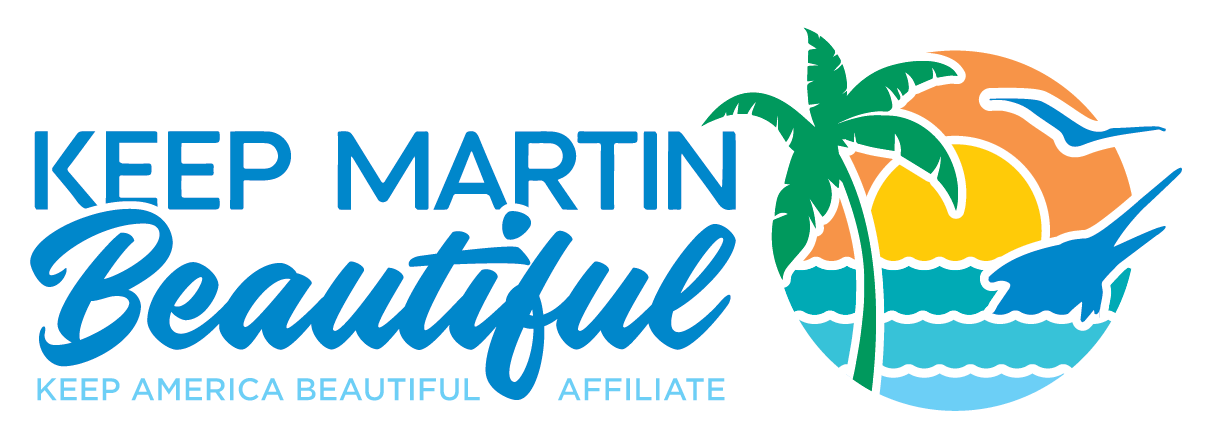Seaweed "Blob" Calls for Education, Not Panic
It’s a “Giant Blob”! It’s a rotting mass of seaweed twice the width of the U.S. There are “enormous brown blobs of stinky seaweed” that smell really bad and are heading to a Florida beach near you!
Headlines about the 2023 seaweed bloom that is already beginning to impact shorelines throughout Florida, the Caribbean and South America sound more like promos for a sci-fi movie. But before we get caught up in the fiction part of it, let’s take a look at the science.
The “blob” of seaweed heading for our beaches this year is indeed huge----5,000 miles wide, as recorded by NASA images, and about 10 million pounds in weight. It is more technically known as the Great Atlantic Sargassum Belt, which sends brown algae to our shores on a yearly cycle. This year is different, not because it’s brown or it’s algae or it’s smelly, but because it’s so much more massive than we are used to.
What is it, really? Sargassum is a leafy brown seaweed festooned with what look like berries. It originates in the Sargasso Sea, which lies well off the southeast coast of the United States. The matted brown seaweed stretches for miles across the ocean and provides breeding grounds, food and habitat for fish, sea turtles and marine birds, according to the National Oceanic and Atmosphere Administration (NOAA). Unlike other seaweed, it floats on the open ocean and reproduces on the water’s surface, helped by air-filled structures that give it buoyancy.
Scientists know what helps to create bigger blooms: nutrient-rich water running off land into rivers and out to the ocean, where it can fertilize the seaweed. But, according to Brian Lapointe, an oceanographer at Florida Atlantic University, understanding and addressing the problem of growing masses of seaweed “remains knotty.”
So here comes a lot of seaweed. More than we are accustomed to seeing on our Florida beaches. What should we do?
Keep Martin Beautiful is always encouraging residents to clean up the beaches and remove litter. But seaweed is not litter. It is part of a normal natural cycle and the same forces that bring it to our beaches also take it away. We never encourage people to gather seaweed off the beaches as though it’s the same as plastic or other litter that washes up.
We can’t just ignore this amount of seaweed, though. As it starts to decompose on the beach, sargassum seaweed releases hydrogen sulfide gas which has a very unpleasant putrid odor and smells like rotten eggs as it decays. In such massive amounts, the gas can cause headaches and irritate a person’s eyes, nose and throat. People with asthma or other breathing problems may be even more sensitive to those effects.
Rotting seaweed can also eventually harm coastal marine ecosystems and support the growth of fecal bacteria. We are especially concerned on the Treasure Coast about its harmful effects on sea turtles during nesting season, as turtles come ashore to lay eggs or baby turtles try to navigate through the seaweed as they make their way to the ocean.
If you are a beachgoer during the sargassum landings this summer, here are some practical recommendations:
- Always supervise children at the beach.
- Avoid touching or swimming near seaweed to avoid stinging by organisms that live in it.
- Avoid hot spots where the seaweed has accumulated.
- Close windows and doors if you live near the beach.
- Avoid or limit your time on the beach if you have asthma or other respiratory problems.
- DO NOT remove the seaweed!
Seaweed cleanup could be dangerous to your health. It requires a permit and needs to be done by people who know how to handle it. Local officials and organizations, in cooperation with the Florida Department of Environmental Protection and the Florida Fish & Wildlife Conservation Commission, need to take the lead in seaweed removal.
So keep learning about the seaweed bloom, but leave its removal to the experts.
Here's more news and info about the Seaweed Blob:







